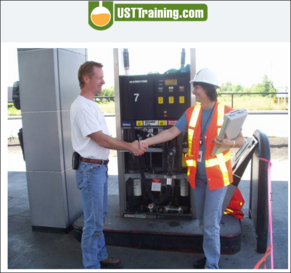Free Educational Webinar Provided by UST Training:
How to Keep Your UST
Inspector Happy
 UST Training, a department-approved provider for operator training, is providing a free educational webinar to help you with your next routine inspection. This webinar is great for new UST operators, inspectors and anyone who is interested in avoiding UST compliance enforcement.
Hear from UST inspectors, service technicians and operators about the do’s and don'ts of getting ready for an UST compliance inspection, and how to avoid penalties, enforcement and red tag shutdown.
Hosted by: Ben Thomas, President of UST Training
When: Wednesday, Aug. 9, 2023, Noon CDT
Register Here!
|
Hurricane Preparedness Checklist for Petroleum Storage Tank Facilities
 Hurricane season began June 1, and below is a suggested checklist prepared by DEP and the Florida Department of Agriculture and Consumer Services to aid in the preparation of retail petroleum facilities before, during and after tropical storms and hurricanes.
Facility Hurricane Preparedness and Response Checklist
The information in the checklists might not address all potential circumstances that an owner/operator could encounter before, during and after a major storm or hurricane. It is of the utmost importance to identify those negative impacts that can occur and take practical steps to mitigate the adverse effects.
Storage Tank
Frequently Asked Questions
The department maintains a living storage tank system Q&A document that is continuously being corrected and updated.
You can find frequently asked questions and answers on overfill protection, release detection, spill containment devices, survey and engineer drawings, valves, financial responsibility and sampling requirements.
|